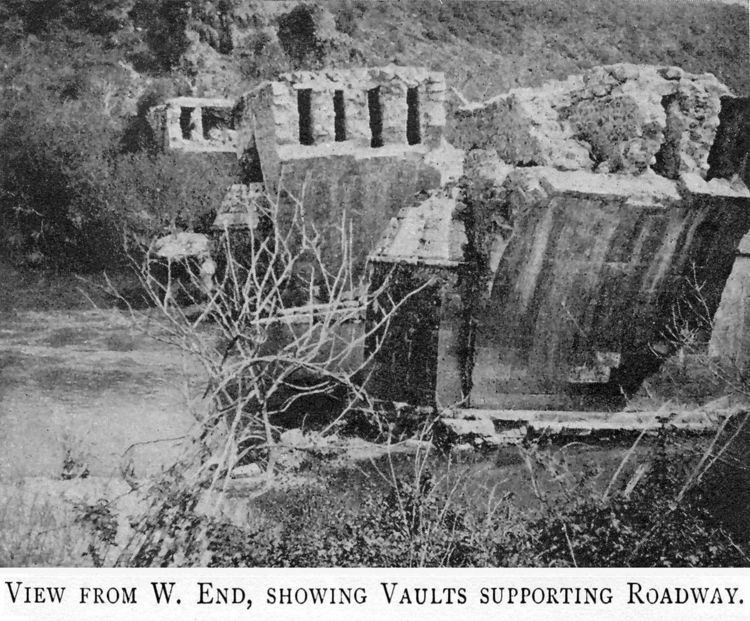Name Frederick Hasluck | ||
 | ||
Books Christianity and Islam under the sultans, Athos and Its Monasteries, Cyzicus | ||
Frederick William Hasluck (16 February 1878 – 22 February 1920) was an English antiquarian, historian, and archaeologist.
Hasluck was educated at The Leys School and King's College Cambridge, graduating with a first class degree in classics in 1904 and winning a Browne medal. He then went to the British School at Athens and helped on excavations in Laconia, Greece namely in Geraki and Aggelona, Cyzicus and Bithynia, finding much new material, including an inscription of Cn. Pompeius Magnus and unpublished local coins. His most notable find was a large Roman bridge in Mysia, hitherto unrecorded, the Aesepus Bridge. There he also investigated the sites of the Makestos Bridge, White Bridge and Constantine's Bridge. In 1906 he toured Asia Minor with Richard M. Dawkins.
In 1913 being Assistant Director (1911–15) and Librarian (1906–15) of the British School in Athens Hasluck married Margaret Hardie. As a wedding present, Hardie chose a visit to Konya (ancient Iconium) from the options offered her by her husband, and the couple spent the spring of 1913 there together. Frederick had long been interested in the interplay of Christianity and Islam within the Turkish Empire, and he was gradually to make this a central part of his work. The Haslucks were based in Athens and, over the next four years, had the opportunity to travel widely together in the southwest Balkans.
Hasluck's work was to be cut short by a combination of factors, one of which was his becoming the target of Alan John Bayard Wace, an erstwhile colleague in Athens, who appears to have regarded Hasluck a potential rival. Returning to London, having prepared the ground by becoming part of the managing committee, Wace gained the post of Director of the School and, possibly motivated also by an animosity toward Mrs Hasluck, asked London to sack Hasluck. This they did. The Haslucks stayed in Athens working at the British Legation and assisted British wartime intelligence operations. But in 1916 Margaret accompanied her husband to Switzerland where he entered a tuberculosis sanatorium, only to die four years later February 22, 1920.
